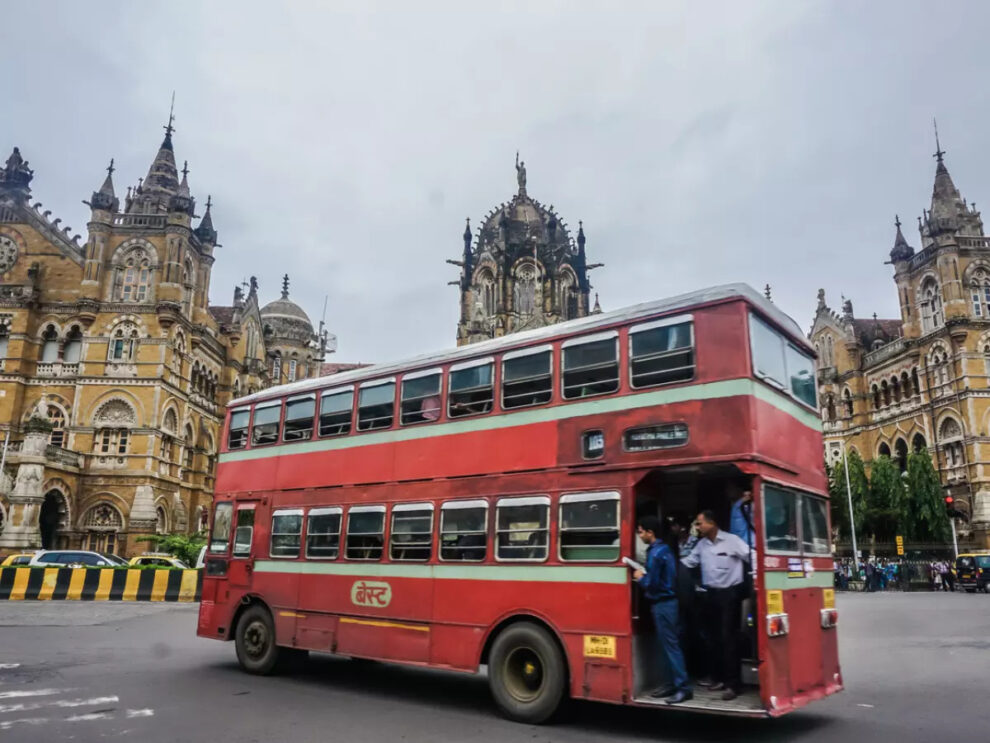In 2024, Mumbai Traffic Police has taken a significant step toward improving traffic management. Using data science to tackle traffic violations, they aim to create safer roads and reduce congestion. With the help of cutting-edge techniques, the city’s authorities now monitor real-time traffic patterns, enforce laws more effectively, and predict problem areas. The application of data science is quickly becoming a game-changer for city management, making it essential for professionals in this field to keep up with trends. A data scientist course can provide vital knowledge to contribute to such advancements.
The Traffic Problem in Mumbai
Mumbai, one of the most populated cities in the world, has long faced severe traffic congestion and frequent road violations. These issues are inconvenient and contribute to accidents, pollution, and inefficiencies. The city’s rapid urbanization and growing vehicles make traffic violations hard to track manually. That is where the integration of data science becomes essential. By focusing on predictive modeling, machine learning algorithms, and data analysis, the Mumbai Traffic Police are finding innovative solutions to curb these problems.
How Mumbai Traffic Police Uses Data Science
1. Real-Time Traffic Monitoring
One primary way data science is helping curb traffic violations is through real-time monitoring. The Mumbai Traffic Police have installed cameras and sensors across significant roads. These devices capture massive amounts of data on vehicle speed, traffic density, and lane usage. Data science helps process this data almost instantly, alerting the authorities to any violations.
- Speed violations
- Jumping red lights
- Illegal lane changes
With these advanced technologies, police officers no longer need to be present at every intersection. Instead, they can use real-time insights to issue fines or dispatch personnel to problem areas. This approach saves time and makes law enforcement more efficient.
2. Predictive Analytics for Traffic Management
Another significant advantage of using data science is predictive analytics. Through historical data and current trends, the Mumbai Traffic Police can anticipate where and when traffic violations are most likely to occur. Machine learning algorithms analyze:
- Time of day
- Weather conditions
- Special events or holidays
These models help predict high-traffic areas where violations are more common. With this information, traffic management can take preventive measures, such as deploying additional officers or altering traffic signals to reduce congestion.
3. Automation in Issuing Fines
Traditionally, traffic fines in Mumbai were issued manually, which caused delays and inaccuracies. However, with the use of data science, the entire process has become automated. Cameras capture evidence of a violation, and a fine is automatically sent to the violator’s registered address. This degree of automation decreases human mistakes while increasing the speed with which infractions are handled.
Automating this process also frees up the workforce, allowing the police to focus on other vital areas of traffic management.
4. Data Sharing and Public Awareness
Data science isn’t just being used internally by the police force. The Mumbai Traffic Police are also sharing data with the public. Through mobile apps and websites, they provide real-time updates on traffic conditions, accident hotspots, and road closures. This transparency empowers citizens to make smarter decisions on the road, reducing the chances of violating traffic rules.
The more aware the public is, the more likely they are to follow the rules. By sharing data, the police build a better relationship with citizens, encouraging them to be part of the solution.
The Role of Data Scientists in This Transformation
Using data science in traffic management wouldn’t be possible without the expertise of skilled professionals. Data scientists are the backbone of these initiatives, using their knowledge to collect, process, and analyze vast amounts of data.
- They build models that predict traffic patterns
- They develop algorithms that detect violations in real time
- They design systems that automate acceptable issuance
Learning data science has never been more critical for participating in such a transformation. Enrolling in a data science course in mumbai equips professionals with the necessary skills to contribute to these impactful initiatives. Whether you’re working in the public sector or the private domain, a strong foundation in data science will be an asset in solving real-world challenges.
Challenges Faced by the Mumbai Traffic Police
While data science offers incredible solutions, the Mumbai Traffic Police also face particular challenges:
- Data Security: With such a large amount of data being collected, security and privacy issues can arise. Ensuring that personal information is safeguarded is crucial.
- Cost of Implementation: Installing cameras and sensors and implementing machine learning models come with a high initial cost.
- Public Resistance: Some citizens might resist using cameras and sensors, viewing it as a breach of privacy.
However, the long-term advantages of increased safety and fewer infractions exceed the obstacles.
Benefits of Data Science in Traffic Management
The application of data science by the Mumbai Traffic Police provides numerous benefits:
- Increased Efficiency: Automating eliminates the need for human tracking, freeing police to concentrate on other activities.
- Improved Accuracy: Algorithms reduce human errors, making identifying and issuing fines more precise.
- Cost Savings: Reducing traffic violations will eventually save money on road repairs, accident investigations, and law enforcement efforts.
- Enhanced Safety: By predicting where violations are likely, authorities can take preventive action, making roads safer.
The Future of Traffic Management in Mumbai
In the future, data science will play an increasingly important role in traffic control. Law enforcement strategies will develop in tandem with technological advancements. We may anticipate the following developments in the future:
- AI-powered drones could monitor traffic from the sky, providing an even broader view of traffic patterns.
- Enhanced collaboration with autonomous vehicles: As self-driving cars become more common, data science will play a crucial role in ensuring that these vehicles follow traffic laws.
- Further integration of IoT (Internet of Things): In smart cities, more devices will be connected to the grid, feeding real-time data to traffic control centers.
Conclusion
The Mumbai Traffic Police are a remarkable example of how data science can revolutionize urban traffic management. By leveraging real-time monitoring, predictive analytics, and automation, they have significantly improved traffic law enforcement in 2024. The proper application of these solutions depends on skilled data scientists, making a data scientist course a valuable investment for anyone looking to contribute to such advancements. As more cities adopt these methods, we will likely see a global reduction in traffic violations, leading to safer and more efficient roadways.
Business Name: ExcelR- Data Science, Data Analytics, Business Analyst Course Training Mumbai
Address: Unit no. 302, 03rd Floor, Ashok Premises, Old Nagardas Rd, Nicolas Wadi Rd, Mogra Village, Gundavali Gaothan, Andheri E, Mumbai, Maharashtra 400069, Phone: 09108238354, Email: enquiry@excelr.com.












